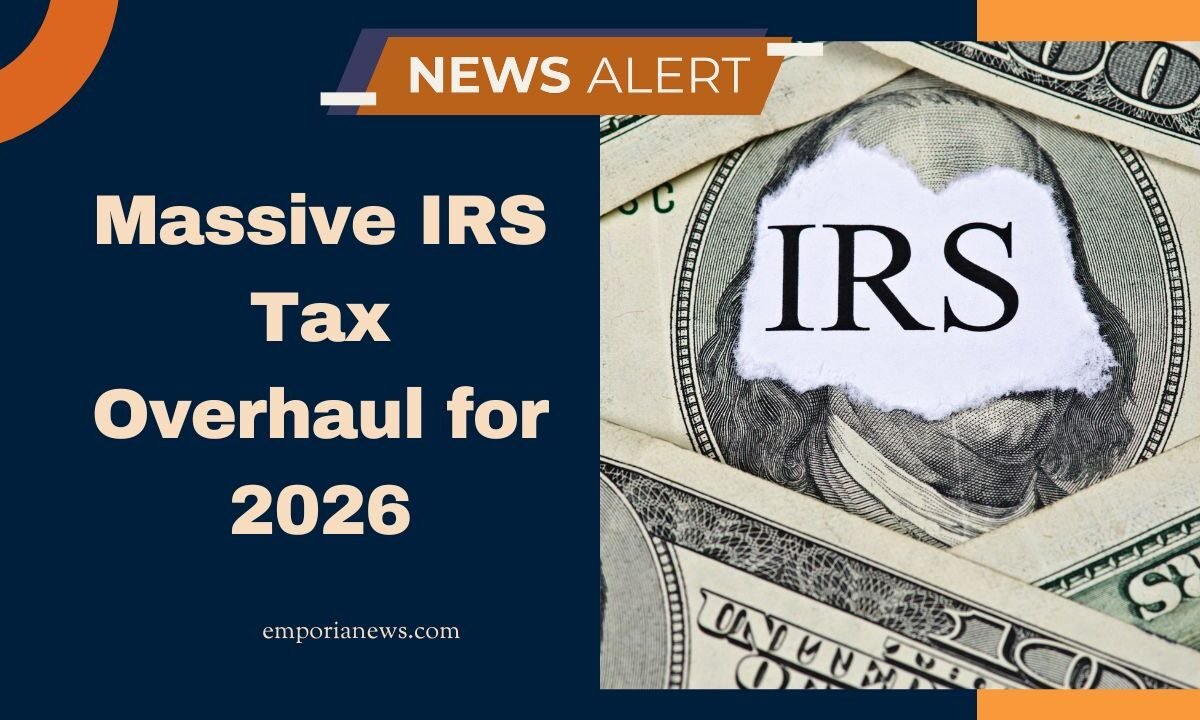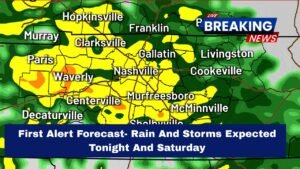Taxes are shifting in a big way for tax year 2026. The IRS has unveiled sweeping inflation adjustments and major reforms under the recently passed One Big Beautiful Bill Act (OBBBA) that will affect how much you pay, deduct, and report.
Key 2026 Tax Updates: What Changes
The IRS is adjusting over 60 tax provisions for tax year 2026 (returns filed in 2027). Major shifts include higher standard deductions, bracket changes, new deductions for tips/overtime, estate tax changes, and new reporting rules.
Standard Deduction & Bracket Adjustments
| Filing Status | 2026 Standard Deduction | Marginal Bracket Thresholds (select) |
|---|---|---|
| Single / Married Filing Separately | $16,100 | 10 % up to $12,400; 12 % over $12,400; 22 % over $50,400; 24 % over $105,700 |
| Married Filing Jointly / Surviving Spouse | $32,200 | 10 % up to $24,800; 12 % over $24,800; 22 % over $100,800; 24 % over $211,400 |
| Head of Household | $24,150 | Same bracket thresholds as “single” in many cases |
Top rate for 2026 remains 37%, applying on taxable income above $640,600 (single) or $768,700 (joint filers).
Alternative Minimum Tax (AMT) exemptions also rise: for single filers the exemption is $90,100, phasing out at $500,000; for married joint filers the exemption begins phasing at $1,000,000.
New Deductions, Credits & Benefits
- No federal tax on “qualified tips” (2025–2028):
Under OBBBA, employees earning tips in certain jobs may deduct those tips on their federal return (reported on W-2, 1099, etc.). - Overtime compensation deduction:
Excess pay beyond regular rate (time-and-a-half’s “extra” portion) is deductible (limit $12,500 per individual; $25,000 joint). - Car loan interest deduction:
Interest on a qualified auto loan for U.S.-assembled vehicles becomes deductible up to $10,000, for tax years 2025–2028. - Adoption tax credit increase:
For 2026, the maximum qualified adoption expense credit is $17,670, up from $17,280 in 2025. Refundable portion up to $5,120. - Estate & gift tax changes:
Estate tax basic exclusion rises to $15,000,000 (up from $13,990,000).
Annual gift exclusion remains at $19,000. - Expanded SALT deduction cap:
Through 2029, the state & local tax deduction cap is increased to $40,000 (or $20,000 for married filing separately). - Health FSAs & qualified parking/transport benefits:
- Flexible spending account (FSA) contribution cap = $3,400.
- Qualified transportation/parking fringe monthly limit = $340.
- Medical Savings Accounts (MSA) updates: for self-only coverage, deductible ranges $2,900–$4,400; out-of-pocket cap $5,850.
Reporting & Compliance Changes
- 1099 reporting thresholds rise:
In 2026, the threshold for issuing 1099-NEC/MISC increases from $600 to $2,000. - Remittance excise tax:
Starting Jan 1, 2026, a 1% excise tax applies to certain electronic transfers from the U.S. to foreign countries. - Penalties increase:
Fines for misreporting information returns (e.g. under § 6721, § 6722) have been raised.
Overall Impact & Preparation Tips
What It Means for You
These changes are designed to cushion the effect of inflation (bracket creep) and provide relief to certain groups (seniors, tip earners, families). The combined net effect — per tax-policy analysts — is an average after-tax income boost of about 5.4% from all the changes. High earners and complex filers may feel more impact from estate, reporting, and phase-outs.
How to Prepare
- Plan your income & deductions for 2026 with these new limits in mind (e.g. SALT, tip income)
- Review job type if you receive tips (to see if “qualified tips” deduction applies)
- Track and document overtime pay separately
- Consult a tax advisor, especially for businesses, estates, or investment income
- Update your accounting / tax software to reflect new rules and reporting thresholds
The IRS’s 2026 tax updates mark one of the largest overhauls in recent years. Higher deductions, new credits, reporting reforms, and stronger inflation protections all combine to reshape your tax obligations.
While many of these changes will benefit middle-income taxpayers, the complexity rises — especially for businesses, tip workers, and estates.
FAQs
When do the 2026 tax changes take effect?
These reforms apply to tax year 2026, so they will impact returns filed in 2027.
How does the “no tax on qualified tips” rule work?
From 2025 through 2028, employees in certain tip-earning occupations may deduct qualified tips on their federal return (if reported properly).
Are the higher standard deductions permanent?
Under OBBBA, the boosted standard deductions are now permanent and adjusted annually for inflation.




